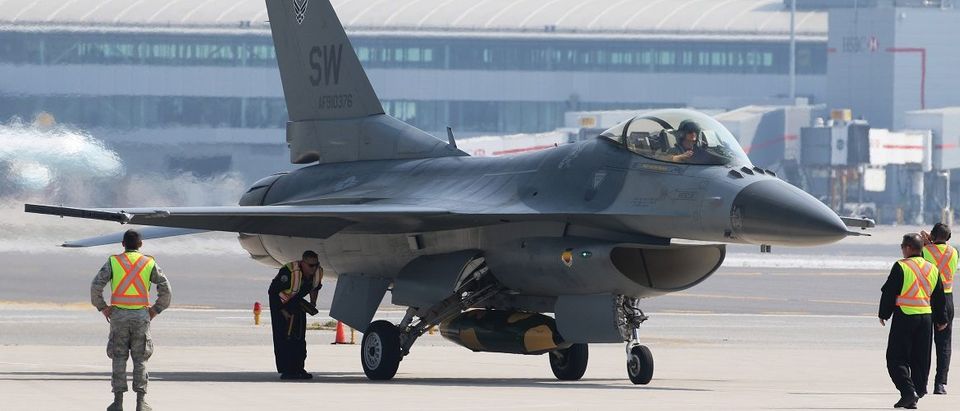The Russian government responded to the strikes on Syria with an announcement Friday that it would bolster the country’s air defense system and cut off a safety hotline with the U.S. military.
The Kremlin, a close ally of Syrian President Bashar al-Assad, said President Donald Trump’s strike has already endangered Syrian airspace, so continuing communications is pointless. Additionally, the Russian defense ministry announced it will strengthen Syrian air defenses to “protect the most sensitive Syrian infrastructure facilities.”
“Amid the missile strikes, it is hardly reasonable to talk about any more increase in the risk, as the risk has increased considerably,” said Kremlin spokesman Dmitri Peskov in a news briefing Friday.
President Donald Trump’s strike and Russia’s response risk straining an already exacerbated relationship with the U.S., particularly regarding Syrian policy. U.S. and Russian forces established a special hotline in Syria in September, 2015, in order to maintain safety in the air and on the ground, while both countries bombed targets in the country. The U.S. military used the hotline to warn Russian forces of the impending strike Thursday night.
The Trump administration used 59 Tomahawk cruise missiles to strike Syria’s al-Shayrat airfield, which is believed to have housed the aircraft which dropped sarin gas on civilians in the country’s Idlib province, killing 72. Tomahawks are highly precise and fly at a low altitude so as to avoid enemy air defenses. The fact that they are unmanned means there is no risk of a pilot being shot down.
Russian and U.S. forces risk endangering each other both in the air and on the ground without the hotline in place. Some accidents occurred while it was still in use.
The addition of advanced air defenses in Syria also risks endangering the country’s airspace. Syria’s military currently operates the Russian-made S-200 surface-to-air missile system. A relic of the Cold War, the S-200 was first put into service by the Soviet Union in 1967, meaning it is not particularly effective against modern aircraft. Russian forces, however, operate the more advanced S-300 and S-400 systems in the country, which would have a higher (yet still nominal) chance of successfully intercepting U.S. aircraft. Supplying the Assad regime with the upgraded S-300 or S-400 could risk endangering Syrian airspace going forward.
U.S. forces have engaged in manned air strikes against Islamic State forces in Syria, but it is unclear if the Trump administration will continue striking Assad’s assets. Regardless, the lack of communication could put U.S. forces at risk going forward in the ISIS campaign alone.
Send tips to russ@dailycallernewsfoundation.org.
All content created by the Daily Caller News Foundation, an independent and nonpartisan newswire service, is available without charge to any legitimate news publisher that can provide a large audience. All republished articles must include our logo, our reporter’s byline and their DCNF affiliation. For any questions about our guidelines or partnering with us, please contact licensing@dailycallernewsfoundation.org.


